Weiss Complete Collection 2
A compilation of high-end tools with the famously transparent Weiss sound at an exceptional value.
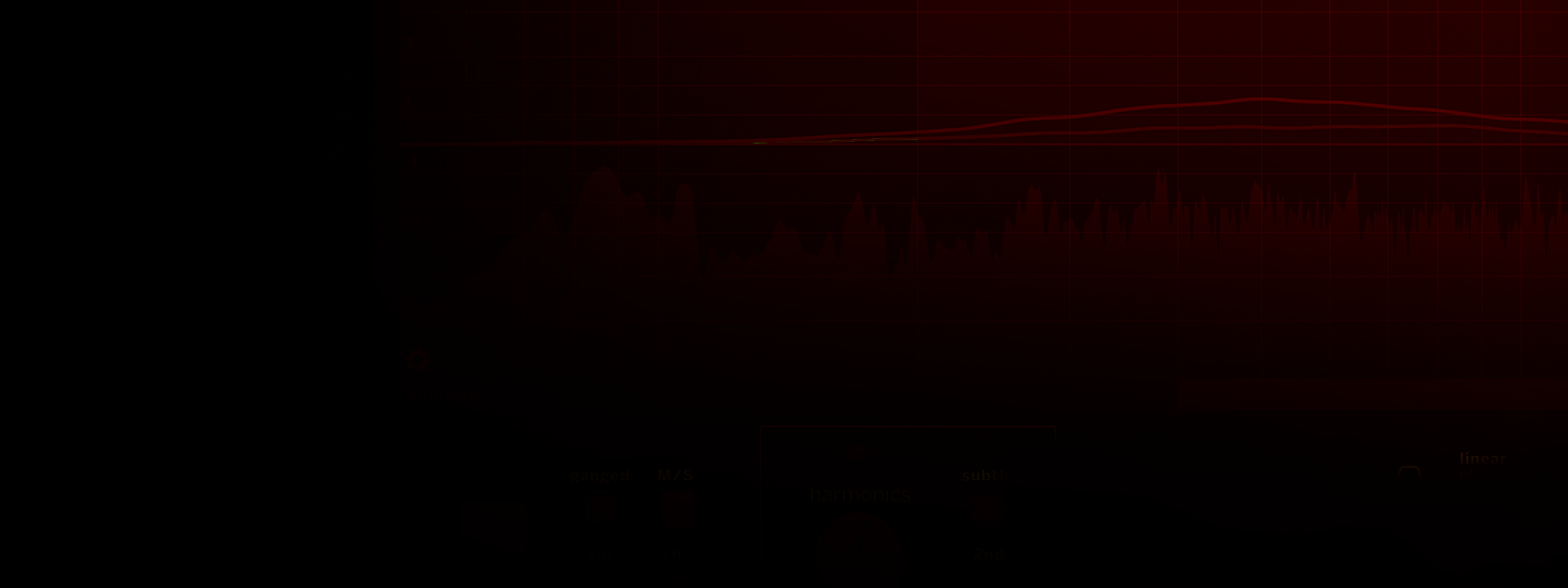

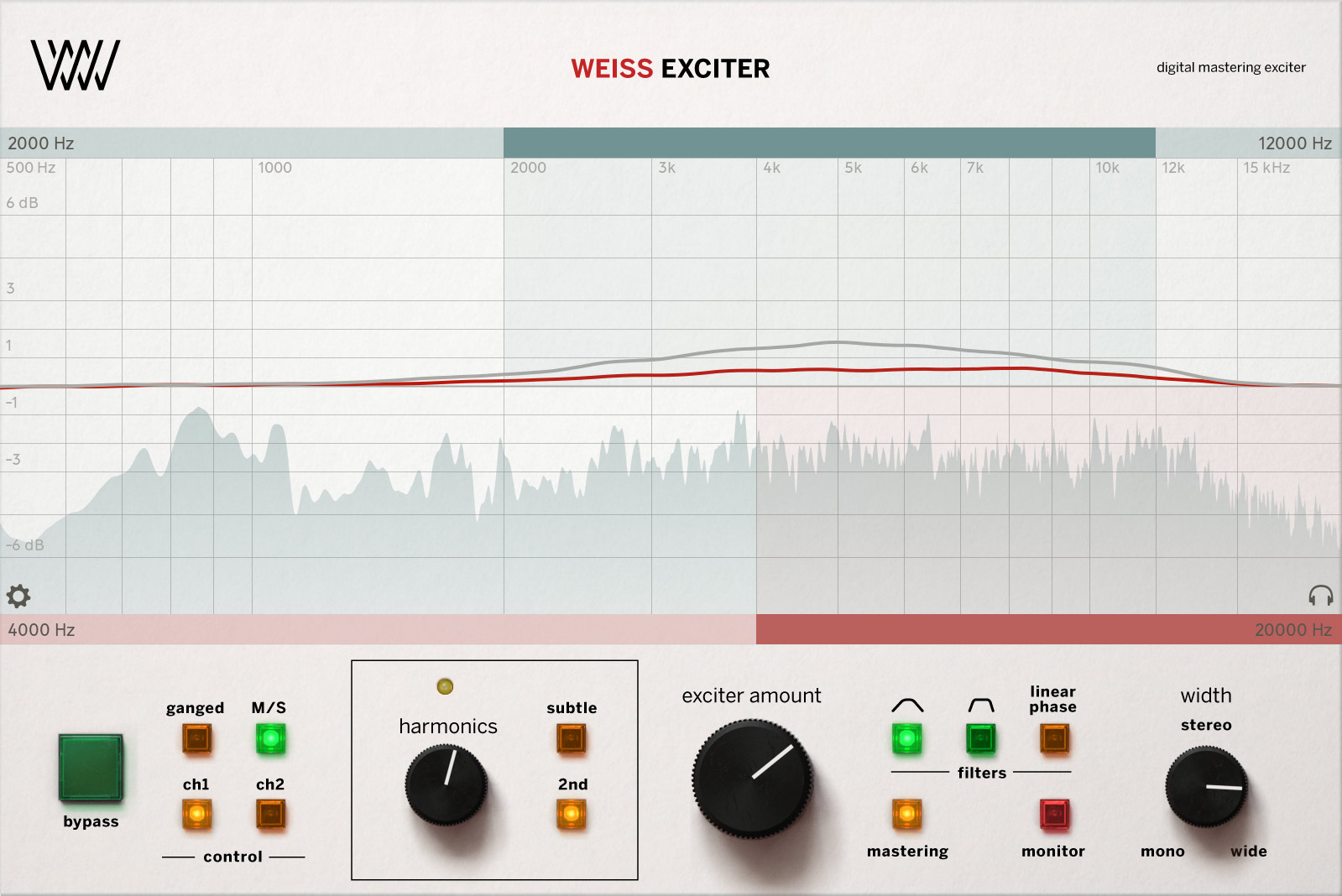
A technological leap in harmonic excitation that is true to the Weiss name
Adds harmonic content so naturally it feels like part of the original sound
Advanced processing and mastering features with intuitive operation
Also available in Weiss Complete Collection 2 and Flow ® Mastering Suite.
Can an exciter be transparent? Weiss Exciter does what no other exciter plug-in can: it adds harmonic content so naturally it feels like part of the original sound. With no overcooked distortion or exaggerated EQ in sight. The result is the subtle, transparent enhancement of vibrancy and crispness, plus the preservation of the mix’s integrity. The harmonics sound so organic, it’s like they were always there. Making this the exciter you’ll always reach for.

When it comes to creating plug-ins that improve workflow and offer the highest quality sound, our reputation is rock solid. Our partnerships with premium brands like Marshall, Tube-Tech, Chandler Limited, and Weiss Engineering go back twenty-plus years. We develop every product with creativity, passion, and attention to detail. Because to create tools that innovate, you have to have heart, soul, and Rock & Roll Science.
Traditional exciters typically add a lot of “normal” EQ-ing with just a smidge of distortion. The overall effect is essentially that of an equalizer, which is very transparent. But why not use a dedicated EQ, such as the Weiss EQ1, in that case? On the other hand, if you overdo the distortion with a traditional exciter, you often end up with too much audible distortion that doesn’t sound very nice. You would be better off using a dedicated saturator. So, with a traditional exciter, you often have either a lot of EQ-ing or too much distortion. But with Weiss Exciter, you get sonically pleasing harmonics with minimal EQ effect.

We've added several features that make Weiss Exciter truly transparent and help to battle the traditional issue of excess EQ-ing or too much distortion. Adaptive non-linearity ensures the harmonics are relevant and consistent regardless of the signal level. The Mastering switch reduces the amount of the fundamental frequency in the distortion, thereby reducing the EQ effect. You can also use precise pre- and post-filtering to target specific areas of your mix. We mathematically designed four different Harmonics Modes to ensure an elegant sound with enough harmonics to create the exciter effect. And the filters are phase-compensated to avoid phase-cancellation effects between the added harmonics and the original audio. The result is a "high-end sparkle" that sounds vastly different from standard EQs, saturators, and other tricks.
To get a transparent excitement, you need constant control over the generated harmonics. Too little harmonics, and there is no effect at all. Too many, and the audio will start to sound grainy, distorted, or harsh. Adaptive Mode will always keep the harmonics in the sweet spot.

Red curve: Adaptive Mode On, blue curve: Adaptive Mode: Off.
The graph above shows the difference between Adaptive Mode on and off. With Adaptive Mode on (red curve), you will keep your audio in the sweet spot, creating harmonics without hard clipping. With Adaptive Mode turned off, the audio will start to clip when you increase the signal level.
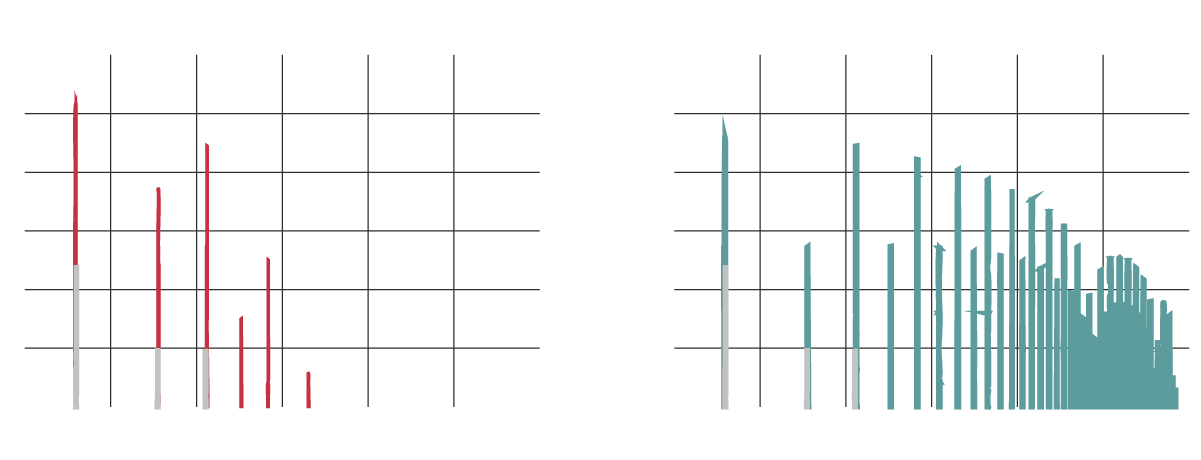
Similarly, if you look at the harmonic spectrum from the Weiss Exciter, you will see that with Adaptive Mode turned off (blue lines), a lot of harmonics are created when the audio reaches high audio levels (when the Harmonics LED turns red). With Adaptive Mode on (red lines), the harmonics are kept in their sweet spot. For these graphs, we gain staged the levels so that the harmonics would be equal at -30 dBFS (black lines).
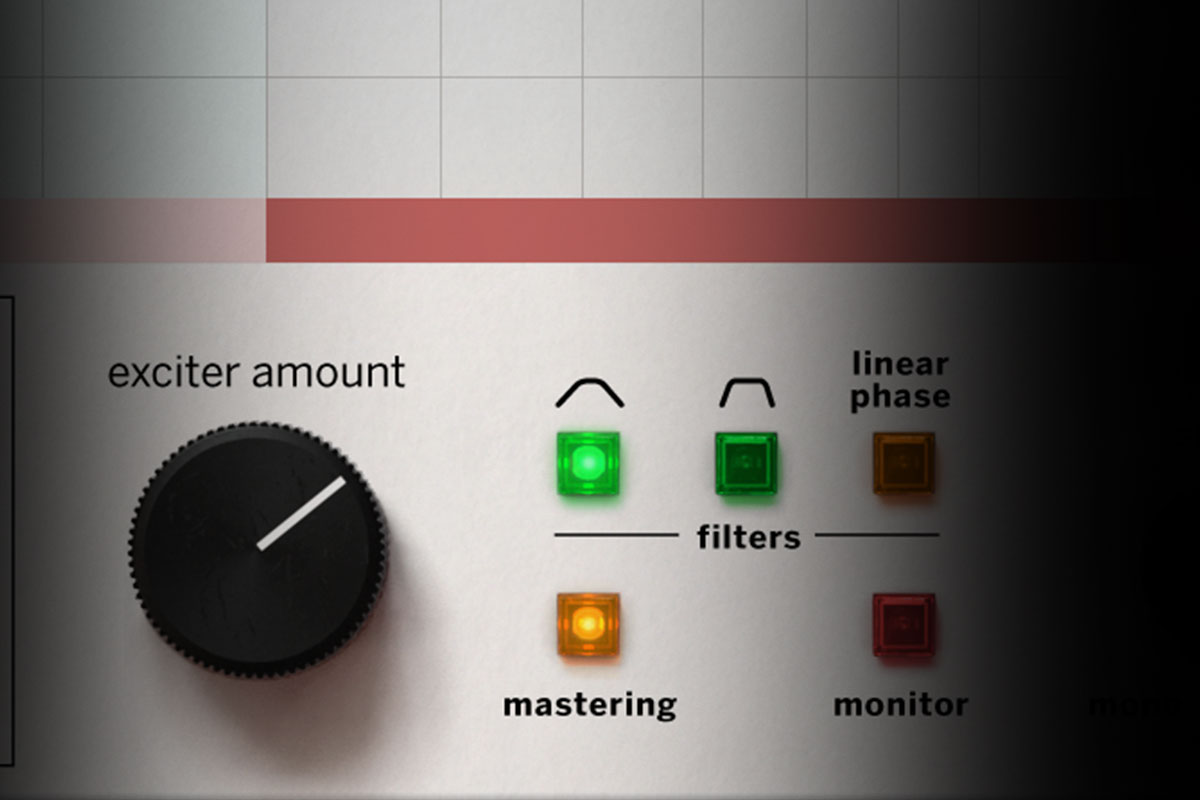
Engaging the Mastering switch will dramatically reduce the amount of EQ you get from Weiss Exciter. The fundamental frequencies are mathematically reduced from the harmonics so that only the newly generated harmonics will affect the sound.

Exciter offers four types of harmonics with different sounds: Soft and Hard for predictable and smooth results and Poly 3 and Poly 5 for maximum transparency.
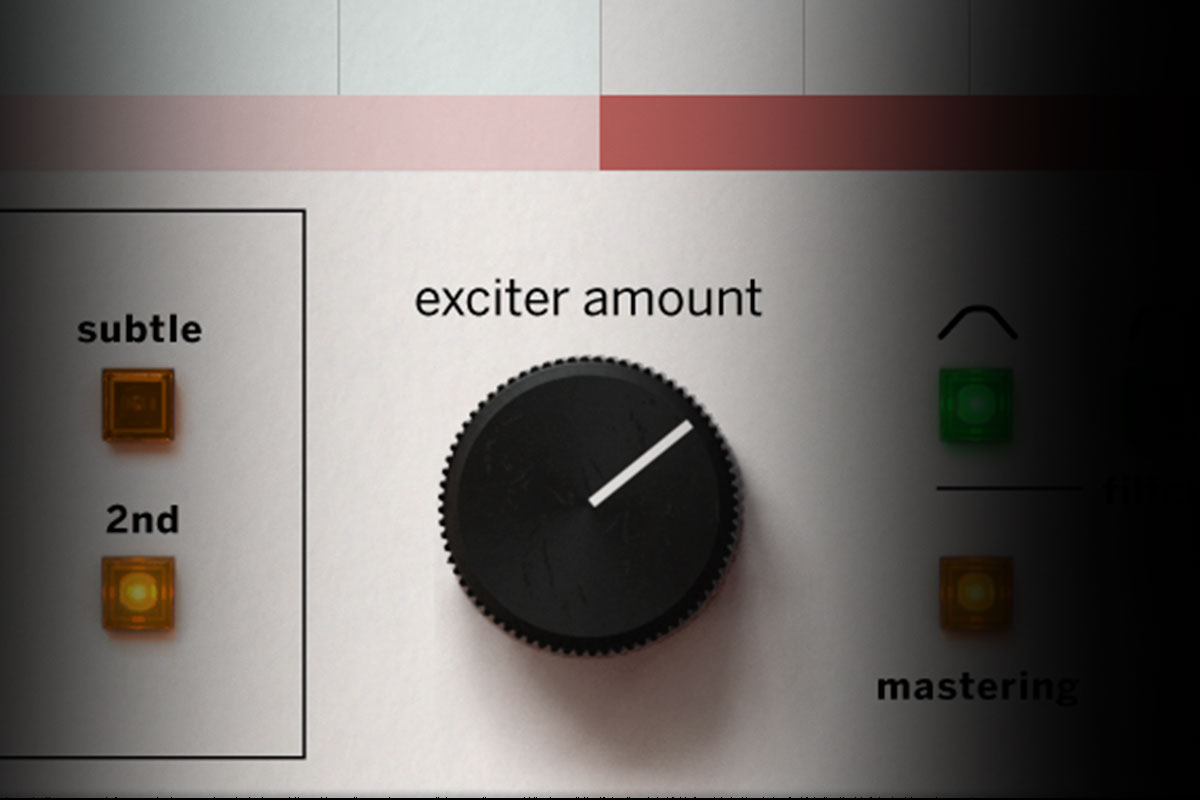
Weiss Exciter uses a parallel signal path with a completely unaffected “dry” path. The integrity of the original audio is preserved without unwanted side effects. It is distortion without coloration, without “box tone.”
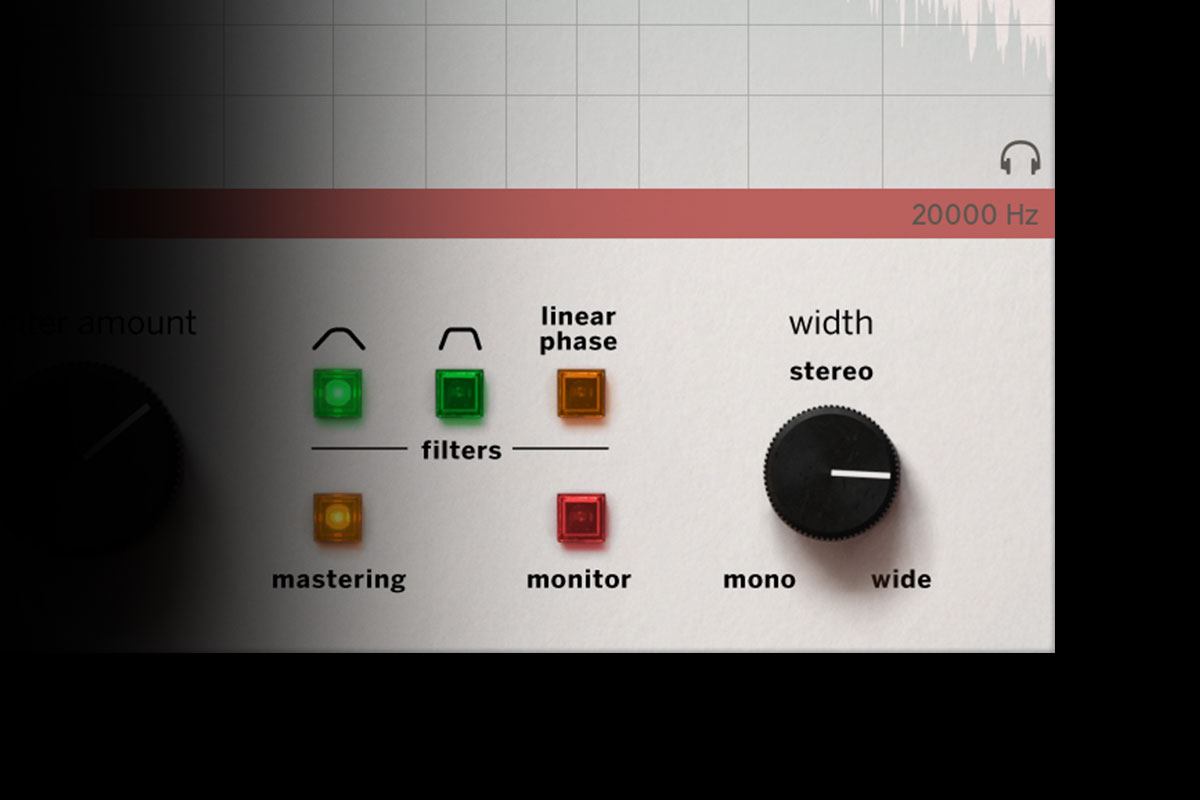
Weiss Exciter can operate in linear phase mode, with no phase shift throughout the algorithm, for pristine audio.
In minimum phase mode, all internal audio paths are phase compensated so that the blend between dry and wet happens without phase warping or cancellations. It’s like having linear phase calculations internally, but without latency!

Despite its advanced processing, Weiss Exciter offers straightforward operation. The Frequency visualization lets you define a focus band for excitation and an output band for where the harmonics are added. You also control the four harmonic modes, stereo width, filter types, and the unique Mastering switch. Professional mastering engineers will appreciate the expert panel where you can get deeper control over harmonic shaping for precision and transparency at the highest level.

Vice President and Product Manager at Weiss Engineering Ltd.It has been exciting to deepen our partnership with Softube by developing completely new algorithms together. We’ve used both companies' extensive knowledge in audio processing to create the first exciter with an audio quality that lives up to the Weiss brand."

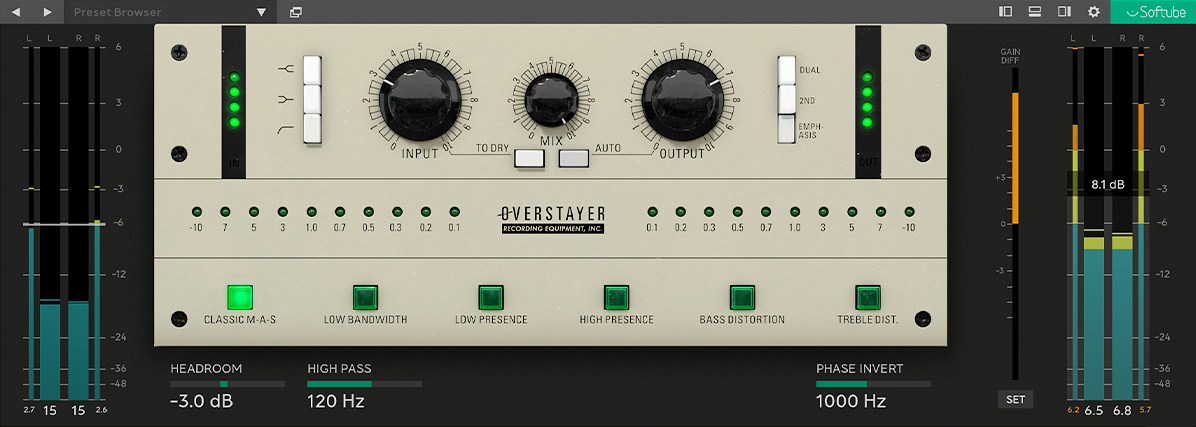
We love VU meters, Bakelite knobs, and analog quirks. But we want modern precision and workflow. The answer? Softube Extended Features. Easy-access panels with the innovations you need close at hand.
The world’s first transparent mastering exciter
Console 1-ready
Professional mastering engineer options
Four Harmonic Modes
Independent Target and Output bands
Linear Phase mode
Adaptive non-linearities
Mastering mode to reduce fundamental frequencies
Included in Flow® Mastering Suite and as a standalone perpetual plug-in
